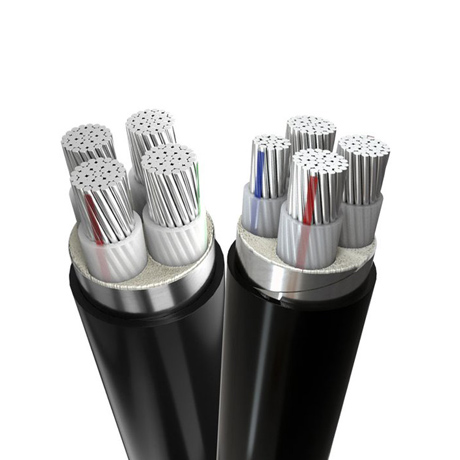

Marine power cables are the hidden bloodstreams of every vessel, silently routing life-sustaining energy through engine rooms, navigation decks, and critical systems. More than wires, these battle-tested conduits resist what oceans throw at them while powering humanity’s journeys across the waves.
| Survival Trait | How It Works | Real-World Impact |
|---|---|---|
| Saltwater Resistance | Triple-layer polymer jackets | Prevents corrosion for 20+ years |
| Heavy-Duty Shielding | Braided copper armor + lead barriers | Blocks electromagnetic interference |
| Flexible Core Design | Tinned copper conductors | Withstands engine vibration daily |
| Fire Protection | Ceramic-based mica insulation | Self-extinguishes in 3 seconds |
For oil tankers transporting volatile crude oil, hydrocarbon-resistant cables (ECP type) prevent damage to the sheath from oil splashes. Their mineral-insulated core maintains normal operation even at engine room temperatures of 150°C; this advantage was demonstrated by the surviving incident of a Mediterranean tanker escaping an engine fire thanks to the integrity of its electrical wiring.
Meanwhile, luxury yachts have extremely high requirements for quiet operation. High-end yachts require low-smoke halogen-free (LSZH) cables, which do not release any toxic gases in a fire. The double-shielded design prevents electromagnetic "humming" that interferes with shipboard radar. When upgrading their systems, Monaco yacht owners 85% choose flexible coaxial power cables for flexible wiring in the confined space of the hold.
1. Select the appropriate marine power cable model based on the cable's purpose, laying location, and operating conditions.
2. Select the appropriate marine power cable cross-section based on the duty cycle of the electrical equipment, power supply type, cable core, and load current.
3. Determine if the short-circuit capacity of the cable segments meets the requirements based on the system's short-circuit current calculations.
4. Correct the cable's rated current-carrying capacity based on the ambient temperature, and then determine if the cable's allowable current exceeds the load current.
5. Correct the rated current-carrying capacity of the marine power cables based on the bundled laying correction factor, and then determine if the cable's allowable current exceeds the load current.
6. Check the line voltage drop to determine if it is less than the specified value.
7. Determine if the marine power cables are compatible with the protection device's settings. If not, determine if a suitable protection device or setting can be changed; otherwise, a suitable marine power cable cross-section should be selected.

Inspect after each dry dock inspection (every 2-5 years). Replacement is required if any of the following occur:
1. Insulation embrittlement exceeds 10%
2. Green copper rust appears on the copper wires
3. Knurling occurs in the armor shielding
No. Standard cables will suffer catastrophic failure in marine environments due to reasons including:
1. Salt crystal corrosion in the strands
2. UV degradation on the deck
3. Oil contamination leading to plasticizer leaching
Choose according to your application area:
Neoprene: Engine room, pumps, oil and coolant resistant
EPR: Wet areas, decks, excellent water resistance